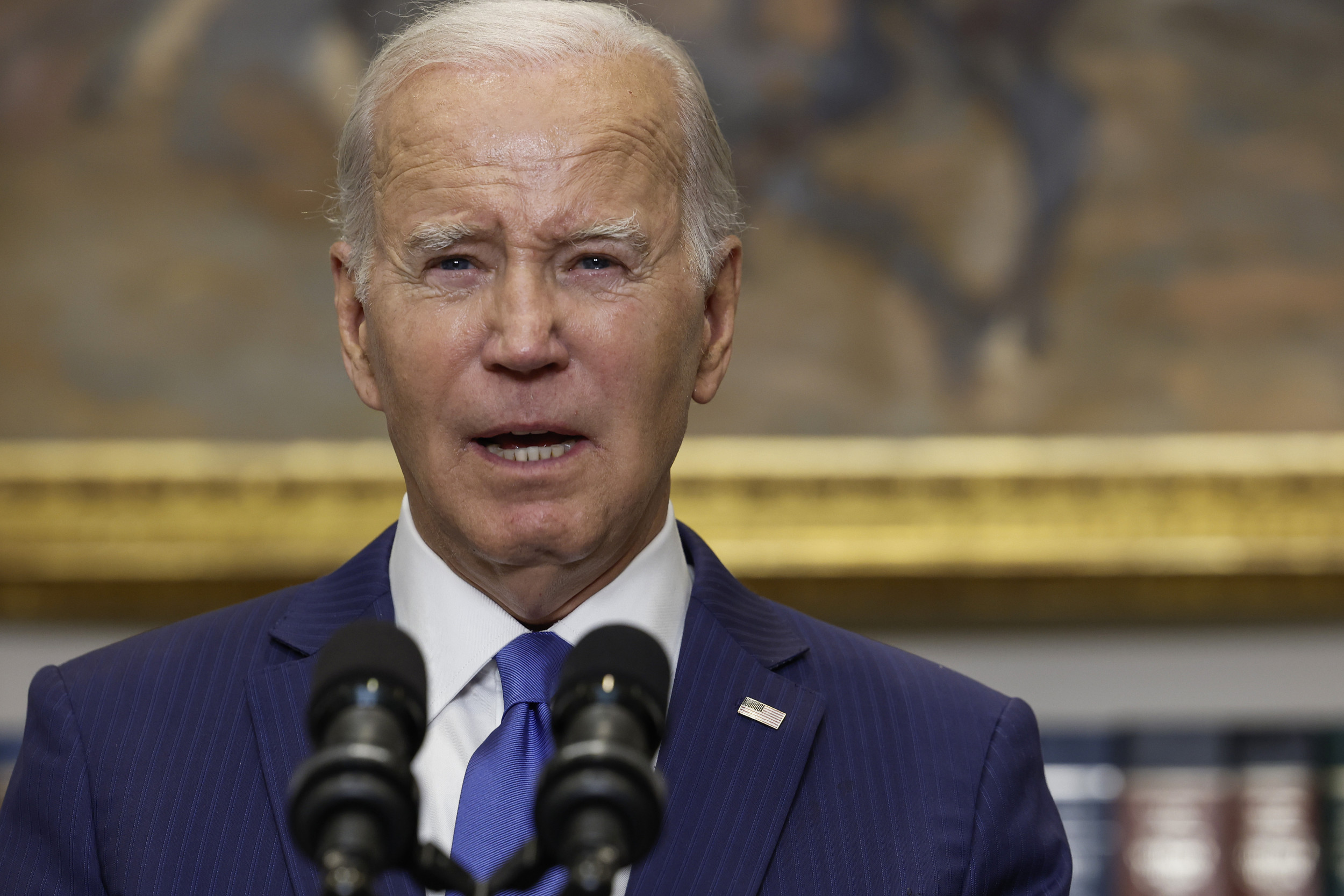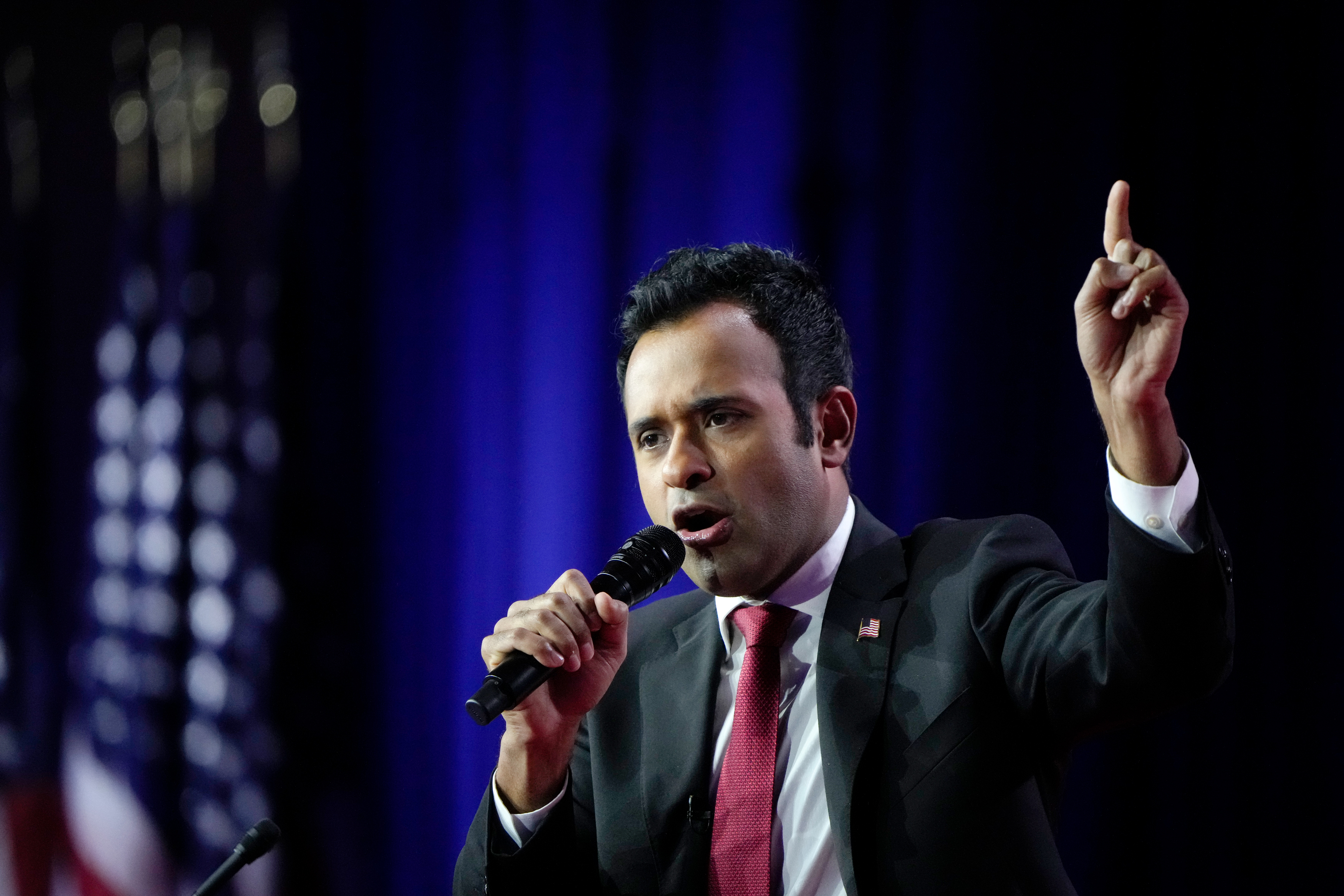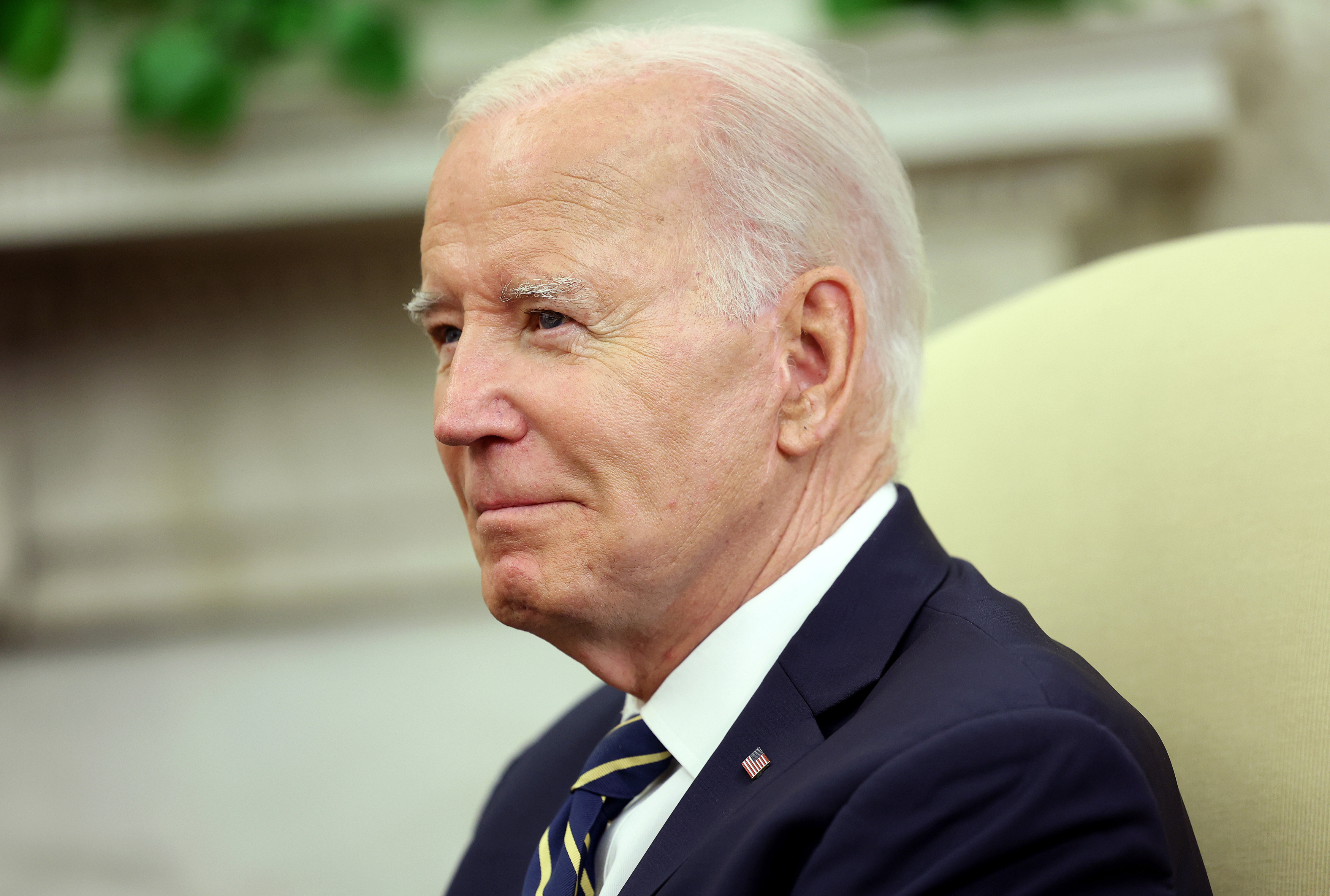Some student loan borrowers may be able to have parts of their debt canceled under a new forgiveness plan announced by U.S. President Joe Biden and the Department of Education.
"The Biden-Harris Administration today also finalized the most affordable repayment plan ever created, called the Saving on a Valuable Education (SAVE) plan," the White House said in a statement on June 30. "This income-driven repayment plan will cut borrowers' monthly payments in half, allow many borrowers to make $0 monthly payments, save all other borrowers at least $1,000 per year, and ensure borrowers don't see their balances grow from unpaid interest."
The announcement of the new SAVE plan comes shortly after the U.S. Supreme Court struck down Biden's student debt cancellation program that sought to erase up to $10,000 worth of debt for some borrowers and up to $20,000 for Pell Grant recipients.

Supreme Court Chief Justice John Roberts wrote in a ruling last month that Biden and Department of Education Secretary Miguel Cardona did not have the authority to call the student debt cancellation program a "waiver."
"The Secretary asserts that the HEROES Act grants him the authority to cancel $430 billion of student loan principal. It does not. We hold today that the Act allows the Secretary to "waive or modify" existing statutory or regulatory provisions applicable to financial assistance programs under the Education Act, not to rewrite that statute from the ground up," Roberts wrote in the majority opinion.
What is the new SAVE repayment plan for student loans?
According to the federal student aid website, the new SAVE plan calculates monthly income and family size to potentially lower the monthly payment for federal student loans.
SAVE: How much will my payments be?
"Starting this summer, if you're making $32,800 a year or less (which is roughly $15 dollars an hour), your monthly payment will be $0. If you're making more than that, you will save at least $1,000 a year, compared to other IDR [income-driven repayment] plans," the federal student aid website says.
The SAVE plan also increases the income exemption from 150 percent to 225 percent of the poverty line.
When the plan goes into effect next summer, borrowers enrolled in the SAVE plan will have undergraduate federal student loans cut in half, "reduced from 10% to 5% of income above 225% of the poverty line," while borrowers with both undergraduate and graduate student loans "will pay a weighted average of between 5% and 10% of their income based upon the original principal balances of their loans."
The U.S. Department of Education states that "This change means a single borrower who earns less than $32,805 a year ($67,500 for a family of four) will not have to make payments."
The federal student aid website also provided an example of how the SAVE plan will work. The example had a student who makes an annual income of $38,000 and has a current loan balance of $25,000. Under the former REPAYE plan, this student would be paying $134 monthly, but under the new SAVE plan, the student will now pay $43 monthly.
How to Enroll in SAVE
Students who are already enrolled in the Revised Pay As You Earn (REPAYE) Plan will automatically be enrolled in the SAVE plan. Additionally, loan borrowers can sign up for an IDR Plan and the U.S. Department of Education can enroll you in the SAVE plan.
"The application for the new SAVE Plan will be available later this summer. You can also sign up by contacting your loan servicer directly," the federal student aid website says.
The U.S. Department of Education directed Newsweek to recent remarks by Cardona while discussing the SAVE plan, saying that it will be the most affordable repayment plan in the nation.
"It will cut monthly payments to zero dollars for millions of low-income borrowers, save all other borrowers at least $1,000 per year, and stop runaway interest that leaves borrowers owing more than their initial loan," Cardona said.








